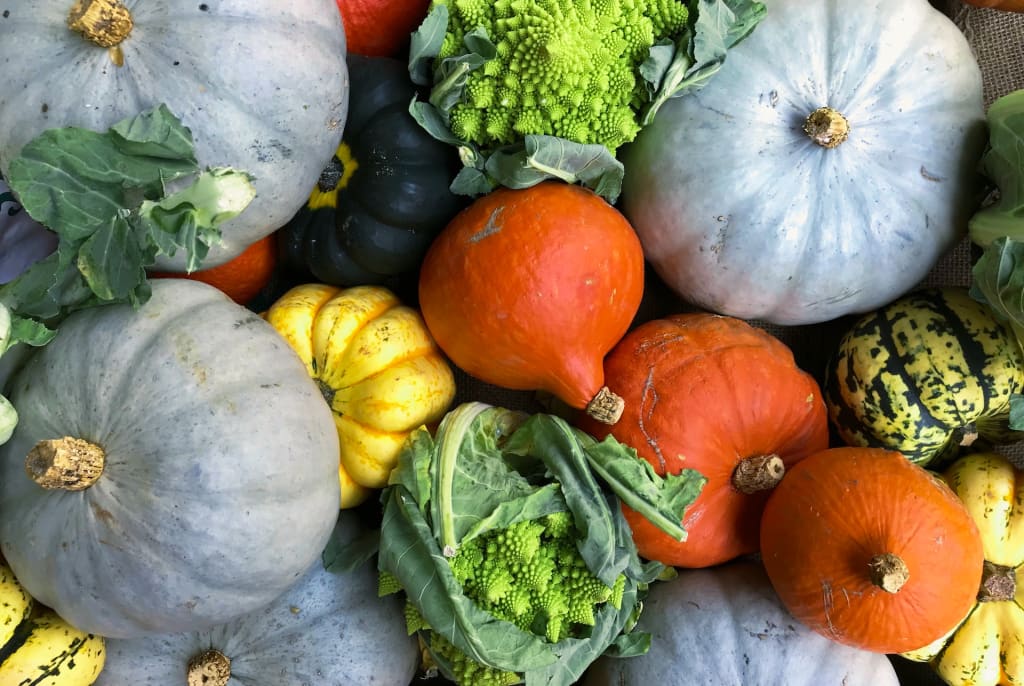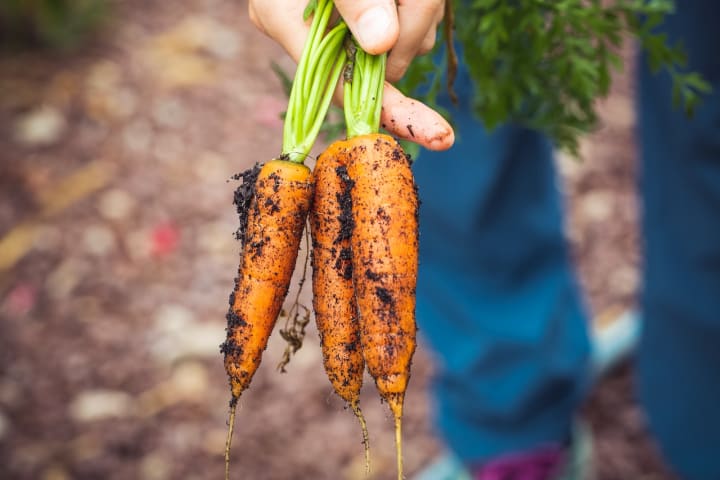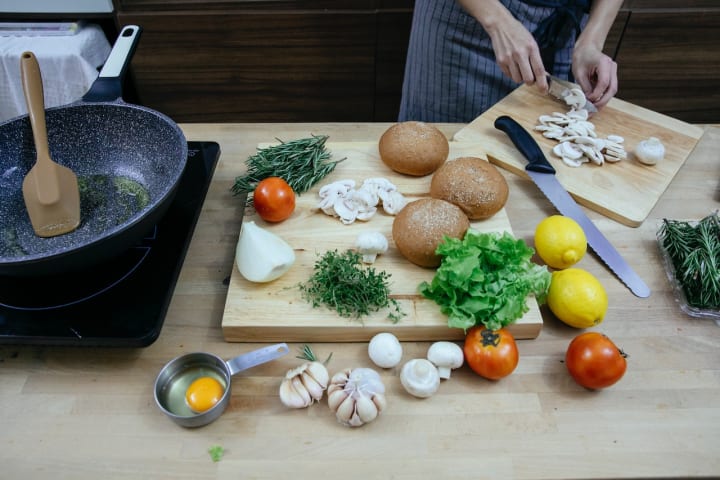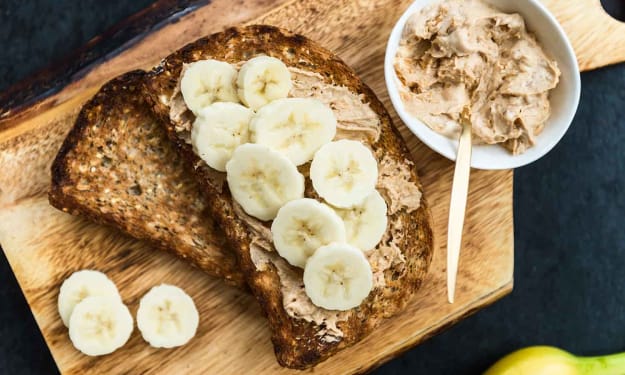The Colorful Plate: A Guide to Eating a Variety of Vegetables
Adding More Colors to Your Diet

Let's talk about something very important: eating different kinds of vegetables. You see, vegetable colors are not just pretty, they’re also really good for our health. It’s also the reason why having a good mix of colorful veggies in our meals is crucial. If your diet has been a bit lacking in color, vegetables-wise, it’s about time you change that! Read on to find out why.
Vegetables and Color
Have you ever noticed that vegetables come in many different colors? There’s more to them than just their hue. Each color corresponds to something beneficial for our health. Red vegetables contain certain vitamins and nutrients that do certain things to our bodies that green-colored ones can’t. Interestingly, a vegetable’s colors can give you some hints about what it contains, specifically the nutrients you can get from it.
That being said, the body needs a mix of colorful veggies to stay healthy. Sure, it’s hard to like every single one of the vegetables out there— after all, they have distinct tastes that may require a bit of getting used to sometimes. However, eating only vegetables that belong to a single color group is really not going to do your body any favors. The key is always variety.
- Red: When you see red veggies, like tomatoes or bell peppers, think about strong hearts and good eyes. That's because they’re known to contain lycopene and vitamin A which help the heart and eyes stay healthy.
- Orange and yellow: Orange and yellow veggies, like carrots and sweet potatoes, are known for their vitamin C and beta-carotene content. These nutrients are known to help boost our immune system and give you that skin glow.
- Green vegetables : Green veggies, such as spinach and broccoli, are considered superheroes of the vegetable world. They’re full of vitamins, minerals, and fiber that keep the body strong, aid in growth, and contribute to healthy bones.
- Blue and purple : Blue and purple veggies, like blueberries and eggplants, are a bit rare. And they happen to have their own magic too. Known for their abundant antioxidant content, they’re crucial in protecting the cells and keeping the brain sharp.
- White and brown : Even white and brown veggies, such as onions and mushrooms, have their own superpowers. Not only are they known to provide energy, but they also play a role in protecting the body from sickness as well
Seasonal Eating

Eating fruits and vegetables when they are in season is a smart choice. You want to enjoy your veggies when they are at their very best — and nothing compares to when they have only just been harvested. In-season vegetables and fruits will usually be fresher and tastier. This means you’re getting the most out of whatever nutrients and goodness they offer. If you’re on a rather tight grocery budget, eating seasonal helps too. This is because they tend to be more affordable when there are plenty of them around.
Vegetables for each season
Different seasons bring different veggies. In spring, you might find tender asparagus and sweet strawberries in abundance. Summer offers tomatoes and corn on the cob. In the fall, pumpkins and squash are aplenty, and winter brings cozy potatoes and carrots.
To enjoy seasonal goodies, your local farmers market is always a great place to visit to. They’d usually have on display selections of vegetables that have only just been recently harvested. This is where local farmers will typically sell their harvest, after all. Your grocery store may also have these items. Just look for labels in the grocery store that say "in season."
If you happen to have a green thumb, then growing your own vegetables at home is always a good idea. It doesn’t even matter if you have limited space where you live. You can even start your own green space even when in the city. Some recycled containers and cans and a handy shelf will be more than enough to provide you with the planting space you need. Not only will this help you get access to fresh vegetables all year round, but it can be such a therapeutic hobby to cultivate too.

Incorporating Variety
It can be challenging for some people to incorporate a variety of vegetables into their meals. However, with the right strategy, this can be achievable. A good way to make vegetables more interesting is to try different ways to prepare your veggies. You can roast them in the oven, stir-fry them in a pan, or even grill them outside. You’ll be surprised how each method brings out unique flavors and textures.
It doesn’t hurt to check out recipes that feature a variety of vegetables even though you’ve never tried them before. Don’t be afraid to explore tastes that are beyond your comfort zone. What you’ll eventually find might surprise you. Look for recipes that combine different veggies like a hearty vegetable soup or a colorful stir-fry. Whether in traditional cookbooks or virtual ones, there are plenty of recipes and meal ideas to discover.
Overcoming challenges
Sometimes, veggies can be a bit tricky to handle. You might not always have a lot of time to spare to get these ingredients laid out in the kitchen. In this case, learning some kitchen tricks can make a world of difference. Making some zucchini noodles but do not have the knife skills to pull it off? Use a peeler instead. Want some spinach added to your creamy sauce but could not be bothered to get them all chopped up into tiny, tiny pieces? The blender is your friend! You’ll be surprised how much investing in some of the most basic kitchen gadgets and tools can you save you time.
Meal Planning with Vegetables
Meal planning is a great way to ensure you have colorful vegetables incorporated into every meal. It lets you think ahead about what dishes to prepare ahead of time. It’s also an opportunity to prepare or even cook meals in bulk so all you have to do is reheat it during the rest of the week. It saves you time and effort and at the same time, ensures you’re getting as much nutrition in every meal.
When planning meals, try to incorporate as many colorful vegetables as you can. This way, you'll have a balanced meal full of nutrients. Think about your meals for the week. Plan what vegetables you want to include in each meal. Maybe you'll have a spinach salad for lunch or roasted carrots with dinner. Planning is a great way to ensure variety.

Make a shopping list of the ingredients you need based on your meal plan. When you go to the store, you'll know exactly what you need, making it easier to pick a rainbow of veggies. Remember to go for vegetables that are in season to truly make the most of your grocery budget. Use coupons, if there are available. Try to shop at farmers markets too for fresh and more reasonably-priced produce. Don't forget to add different-colored veggies to your list.
Meal planning with vegetables is like creating a colorful masterpiece on your plate. It's a smart way to make sure you get all the nutrients you need while enjoying a variety of tasty veggies. So, start planning your veggie-packed meals and savor the delicious benefits!
Eating a variety of colorful vegetables isn't just good for your taste buds; it's great for your health too! Remember, each color brings its own special benefits. So, make your plate a rainbow of veggies and enjoy the delicious and nutritious journey toward a healthier you!
About the Creator
Jen Sutcliffe (ZenJen)
Jen. Writer. Fur mum.






Comments (1)
Yummy veggies! Great work!